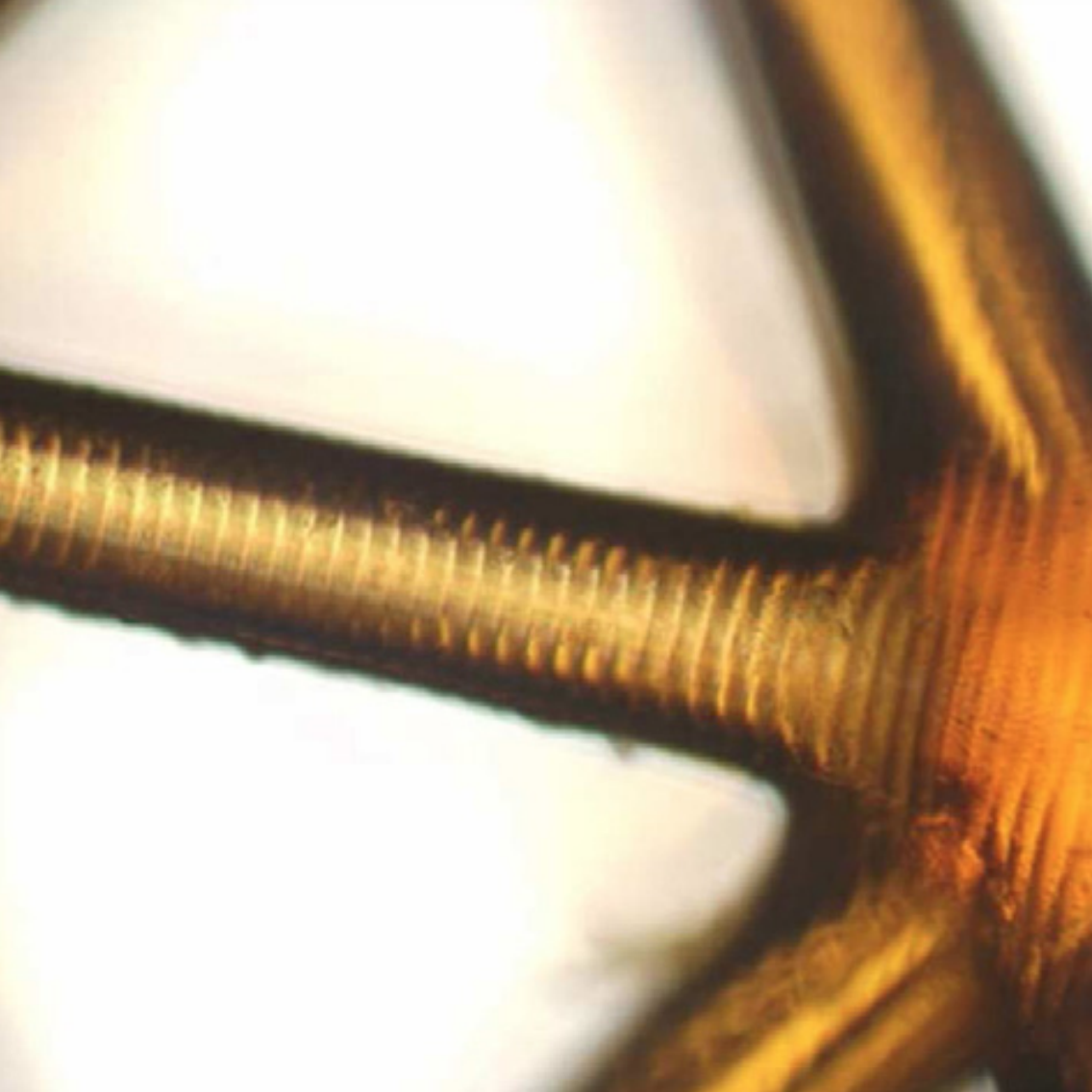Hierarchical space frames for high mechanical efficiency: Fabrication and mechanical testing
A systematic way to vary the power-law scaling relations between loading parameters and volume of material aids the hierarchical design process.
Mechanics Research Communications 46, 41 (2012)
D. Rayneau-Kirkhope, Y. Mao, R. Farr, J. Segal
















It has been demonstrated theoretically that under certain loading conditions hierarchical structures hold a distinct advantage in efficiency over more conventional designs. Here a particular hierarchical design is studied, and we show that the power-law scaling relations between loading parameters and volume of material required to make a stable structure can be varied systematically. Through computer simulation, we construct mechanism diagrams depicting likely failure modes for a given geometry, which give insight into the optimisation. Using rapid prototyping technologies, the same structure is fabricated and mechanical testing undertaken; the results are compared to theoretical and finite element models.